May 2022 Update and #IWSG Question
Hello Lovelies, Man, oh, man. Where do I even begin? The May theme for IWSG re highs and lows accurately…
Hello Lovelies, Man, oh, man. Where do I even begin? The May theme for IWSG re highs and lows accurately…
Hello Lovelies, It’s amazing what a difference a month can make! March was busy, busy and I’ve made some great…
Hello Lovelies, Happy February. So glad to say that. January was a disaster! I got Covid the first of the…
Hello Lovelies, Happy New Year! 2021 was brutal for me, especially at the end and I missed for the first…
Hello Lovelies, Let’s talk about blogging tips. One of the most commonly recommended tips when you are looking at branding/…
Hello Lovelies, Man alive, October Frights was a blast and it got me creating new fiction again. I LOVED it.…
Hello Lovelies, Welcome to another look into my life as a writer and the fun of #IWSG monthly prompts! This month…
The last two years has been rough as I try to republish all my books, re-release all my courses, build my blog back out, and work a day job all while dealing with my health issues.
So my first step to trying to get back on track with the site is to start writing here regularly. Get back to the creative stuff, not just the replicating stuff. But I need some outside help so I’ve joined the Insecure Writer’s Support group.
Marketing is the single most effective method of selling books. That was emphasized in our post ‘The Upset of the…
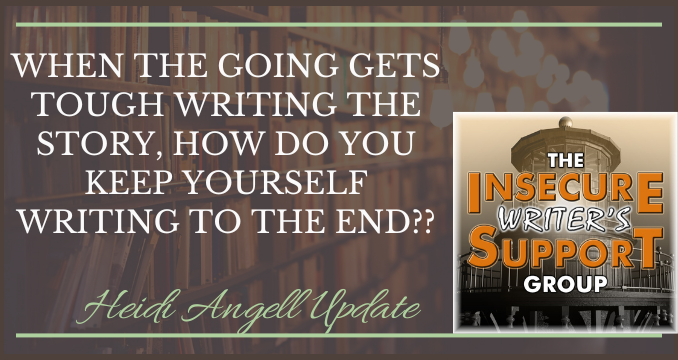
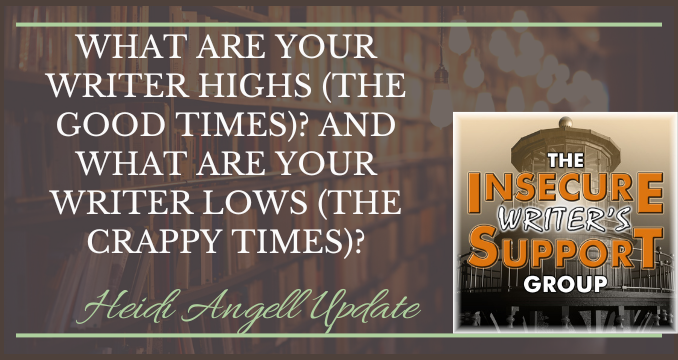
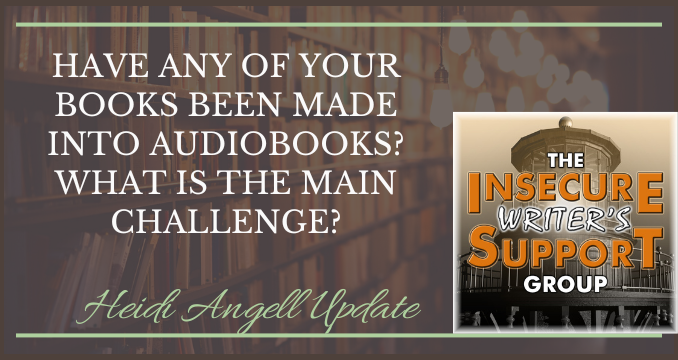
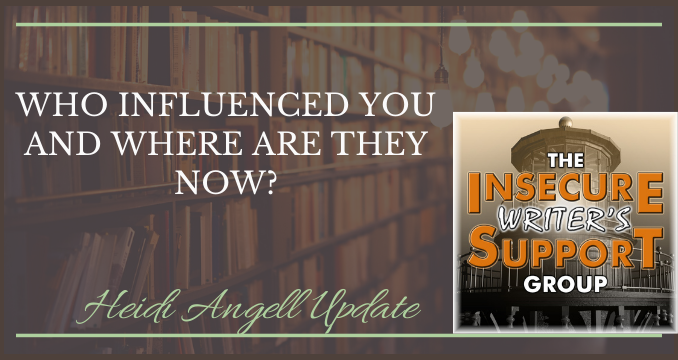


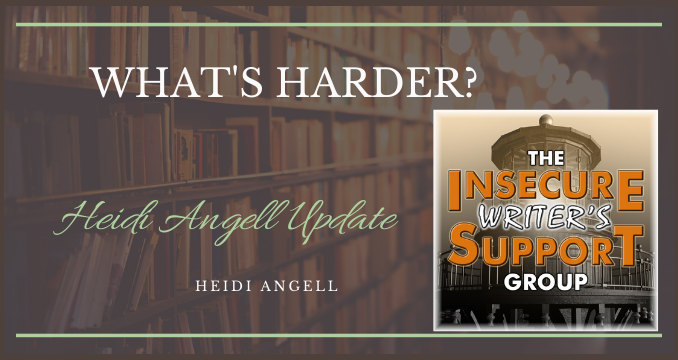
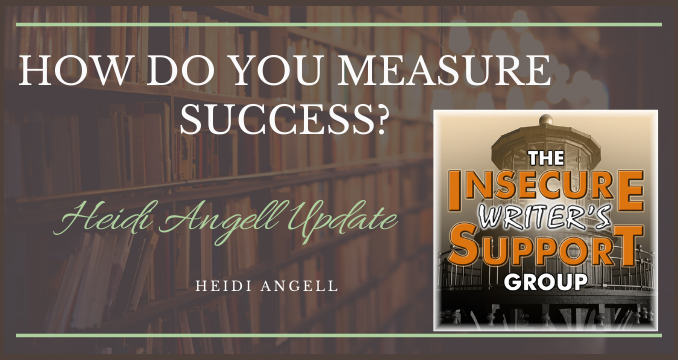
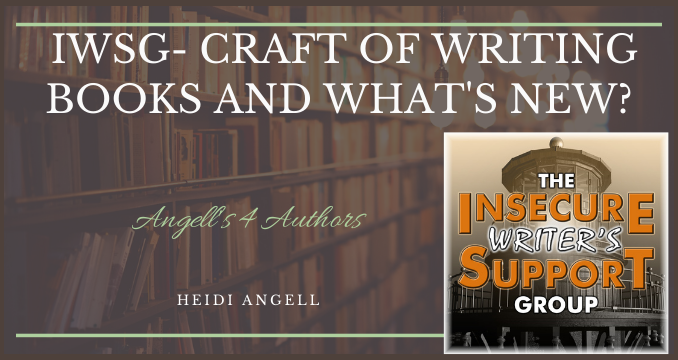

June 2022 Update and #IWSG Question
Hello Lovelies, Whew, May was crazy busy, between promoting my challenges (which both kicked off today), wrapping up my PMP…
Read More